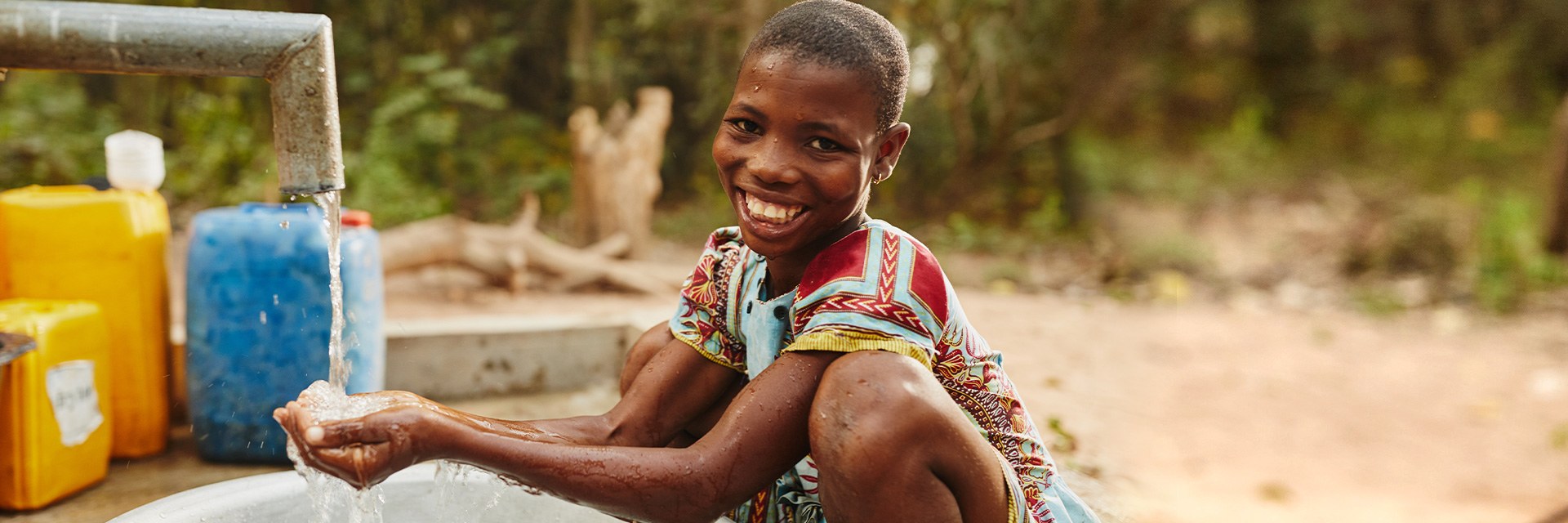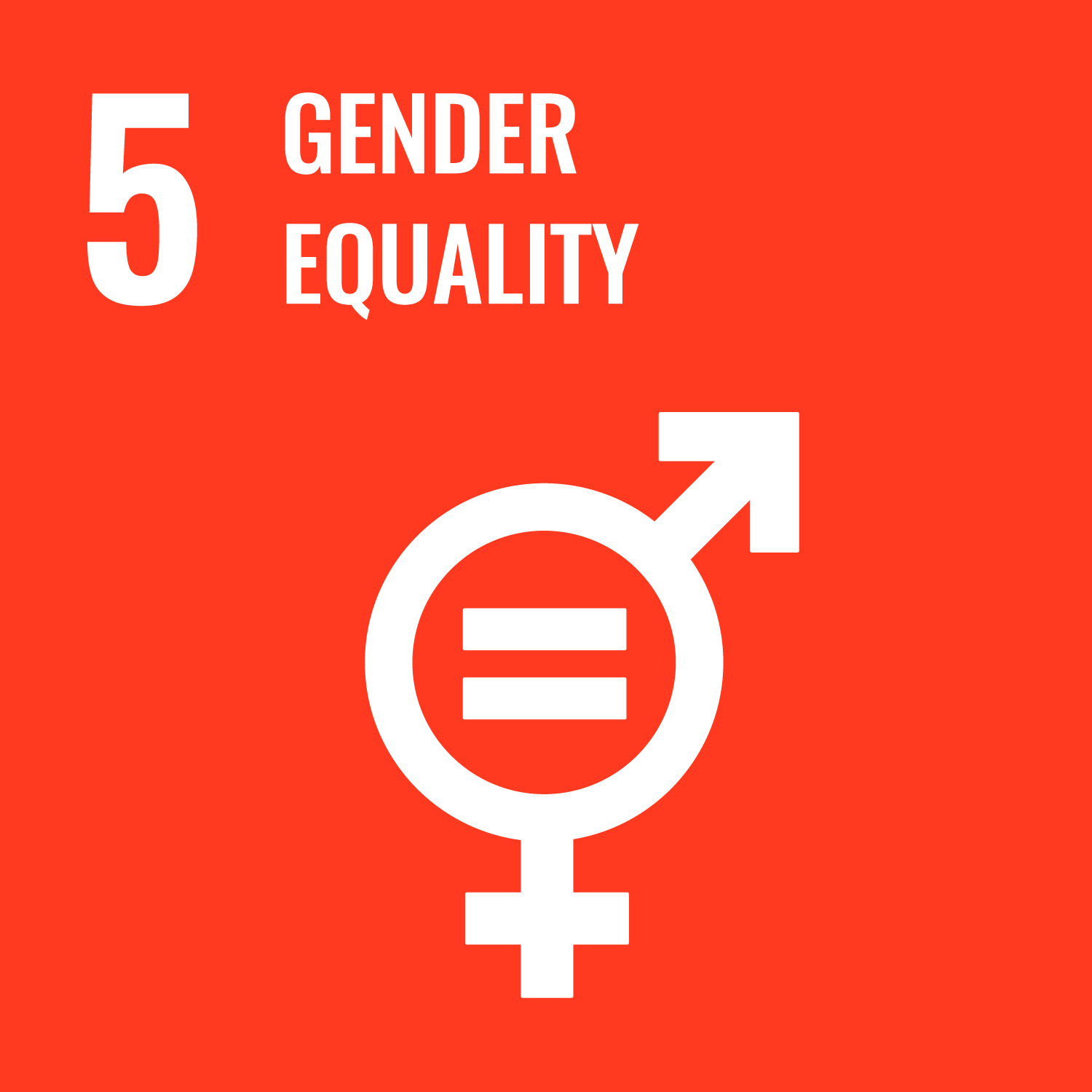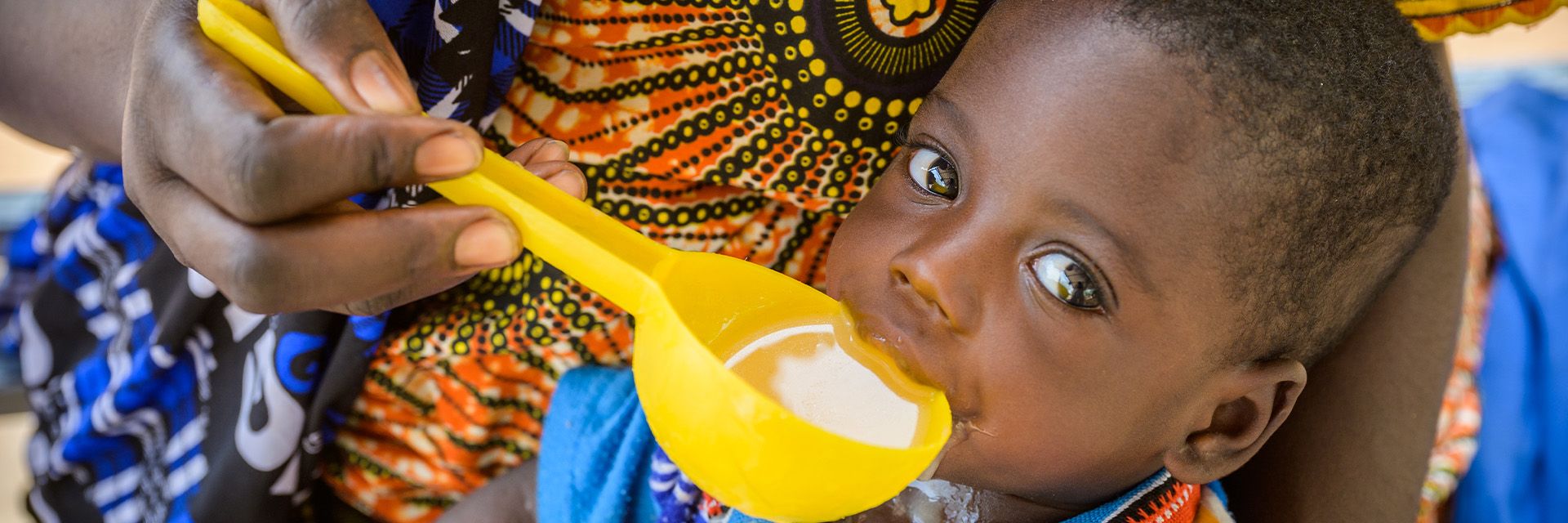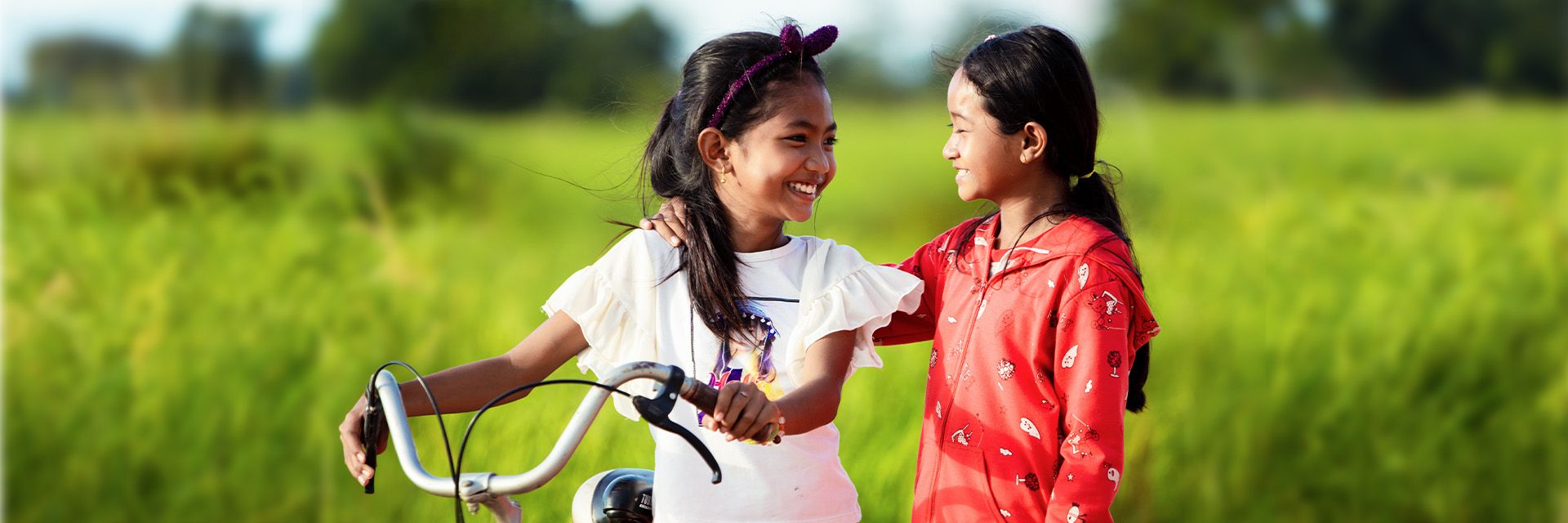The goal for 2025 is to reach nearly 875,000 people through water and sanitation-related projects.
In 2024, 444,868 individuals gained access to safe drinking water of which the Dominican Republic represented the biggest share at 149,000. This was due largely to the response to the tropical disturbance affecting the region. Additionally, this effort expanded to new countries, including Somalia, Yemen, Angola, Haiti, Sri Lanka, Burkina Faso, Uganda and Jordan.
Major progress was also made in providing access to handwashing facilities at home or in schools. Chad saw the most notable increase, rising from 2,284 in 2023 to 86,720 in 2024. Rwanda also experienced substantial growth, and efforts were extended to Malawi, Mauritania, Senegal, and Uganda.
Training and raising awareness have always been an essential part of World Vision’s programs. In 2024, Mozambique, Sudan and Yemen saw the highest numbers of people trained or involved in community WASH initiatives. It is important to note that our WASH programs are most frequently integrated, meaning water, sanitation and hygiene go together to strengthen systems and families for a healthier future. Our research estimates that on average, 22 acute respiratory infections, 343 cases of diarrhea and nine cases of malnutrition-related stunting are prevented daily among children under five because of our programs.
Mozambique experienced a considerable increase in participation in WASH activities, from 7,604 in 2023 to 69,013 in 2024. Similarly, Sudan’s participation rose from 15,318 in 2023 to 67,874 in 2024. Yemen and Burkina Faso were newly included in this effort in 2024.















